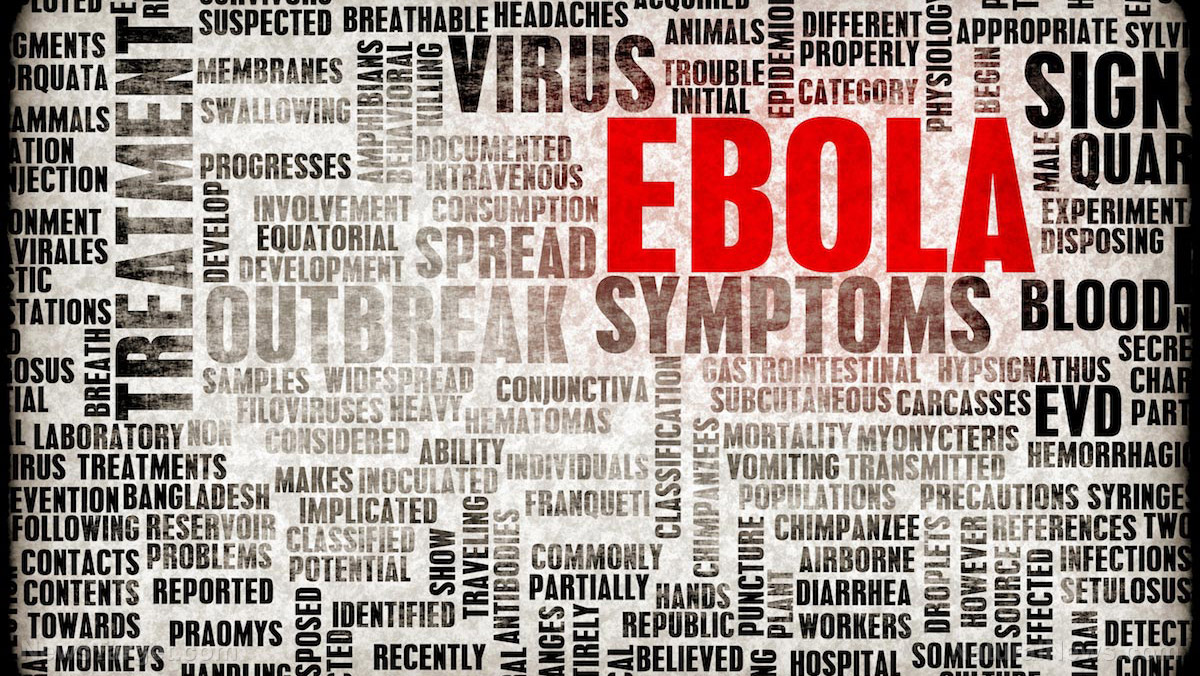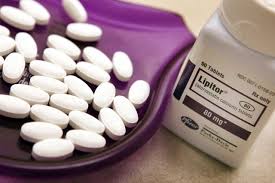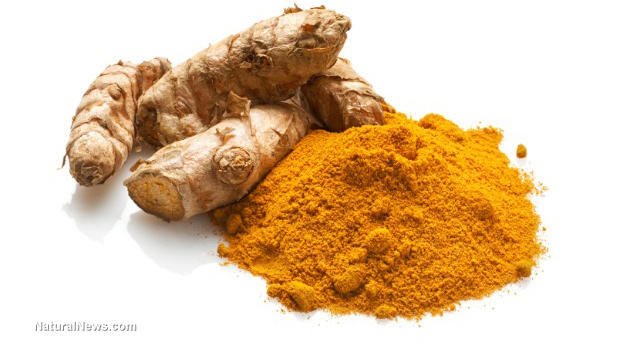 Parler
Parler Gab
Gab
"Infection of hamsters with PIRV produces VHF manifestations, including inflammation/lesions in various organs, core temperature increase, weight loss, viremia, petechial rash, hemorrhage, and mortality. Treating the animals with the kinase inhibitor genistein led to a significant increase in survival and to the amelioration of VHF disease signs [9]. None of the treated mock-infected animals had any adverse signs of disease associated with the treatment. Therefore, this study served as a proof-of-concept for using a kinase inhibitor as a therapeutic or prophylactic in an animal model." [emphasis added]The researchers sought to identify genistein and tyrophostin's ability to inhibit viral entry of various viruses known to cause hemorrhagic fever, including Ebola, Marburg virus (MARV), Vesicular Stomatis virus (VSV) and Lassa virus (LASV). Proteins from these four viruses were engineered to be expressed by a special type of virus, known as vesicular stomatitis virus (VSV). The study found both genistein and tyrophostin individually inhibit the entry of these viruses into the cells, both through interfering with endocytosis (the process by which a cell pulls in a virus) and uncoating proteins (the process by which a virus alters proteins on the surface of the host cell to gain entry). It was also observed that a synergistic effect occurred when genistein and tyrophostin were added together. The researchers discussed their findings:
"In all, these data demonstrate that infection of host cells with the filoviruses MARV and EBOV and the arenavirus LASV is inhibited when cells are pretreated with genistein or tyrphostin AG1478. In both cases, the inhibition was found to be concentration dependent. Although the inhibition of EBOV in cells pre-treated with 100 lM genistein appeared to differ slightly, the addition of increasing concentrations of tyrphostin AG1478 led to a synergistic antiviral effect. In all, these data demonstrate that a kinase inhibitor cocktail consisting of genistein and tyrphostin AG1478 may act as a broad antiviral against EBOV, MARV, and LASV in vitro."
Where Does Genistein Come From?
While primarily found in soy products, especially fermented soy foods, wherein beneficial microbes cause the biotransformation of the precursor phytocompund genistin into genistein, it is also found in fava beans, kudzu, coffee and red clover, and many other lesser known medicinal plants.What Else Does Genistein Do?
At Greenmedinfo.com we have indexed over 150 health benefits of genistein, across 50 mapped physiological pathways, that have been identified in the biomedical literature. You can view them here: Evidence-Based Genistein Benefits. It is interesting to note that genistein's wide spectrum antiviral properties have already been identified. A 2009 review,[4] in fact, stated:"Genistein is, by far, the most studied soy isoflavone in this regard, and it has been shown to inhibit the infectivity of enveloped or nonenveloped viruses, as well as single-stranded or double-stranded RNA or DNA viruses. At concentrations ranging from physiological to supraphysiological (3.7-370 muM), flavonoids, including genistein, have been shown to reduce the infectivity of a variety of viruses affecting humans and animals, including adenovirus, herpes simplex virus, human immunodeficiency virus, porcine reproductive and respiratory syndrome virus, and rotavirus."
What are Other Potential Natural Therapeutics for Ebola?
First, it must be pointed out that, historically, Ebola virus outbreaks occur in some of the most impoverished places on Earth (primarily the poorest regions of Africa), among populations chronically malnourished, traumatized by sociopolitical unrest and wars, and where modern day sanitation, hygiene practices, and adequate nutrition, are available suboptimally, to say the least. In other words, the mainstream media's prediction of a so-called 'catastrophic' outbreak in the US and other wealthier countries does not seem to take into account the differing contexts that makes infections like these possible to begin with, with the 'inner terrain,' i.e. immune status of the host, fundamental in determining the degree to which an individual becomes susceptible to infection. With that said, Ebola does appear to be a uniquely pathogenic virus to which the human body has yet had adequate time to properly adapt, and therefore it is instructive to point other potential natural therapies that have been studied in the past:- Garcinia kola: As reported in 1999, extracts from the seeds of this traditional African medicinal herb were found to"...inhibit this virus [Ebola] in cell culture at non-toxic concentrations."
- Vitamin C: According to the late Dr Robert Cathcart, MD, who had extensive experience treating deadly infections with high dose vitamin C, "the Ebola virus kills by way of free radicals which can be neutralized by massive doses of sodium ascorbate intravenously." Indeed, Ebola virus disease -- as is the case with viral hemorrhagic disease in general -- resembles features of acute scurvy, and vitamin C is well known to have a broad range of benefits, including immune-boosting and antiviral properties, with an incredibly high safety margin.
- Homeopathic interventions: A study published in 1999 explored the therapeutic potential of a homeopathic preparation of the six-eyed spider venom (Sicarius) at treating symptoms associated with Ebolavirus infection.[5]
- Estradiol: A 2013 analysis, titled "A systematic screen of FDA-approved drugs for inhibitors of biological threat agents," found that estradiol exhibited anti-Ebola virus activity in vitro, indicating the relevance of hormonal factors and perhaps gender in susceptibility to the disease – as well as a possible therapeutic role for estradiol if future clinical research confirms bears these findings out.
23 Natural alternatives for depression
By News Editors // Share
Zombie deer disease outbreak has reportedly spread to 32 states and 4 Canadian provinces
By Laura Harris // Share
U.S. appeals court: FDA “overstepped” its authority with campaign to smear IVERMECTIN
By Ava Grace // Share
Turmeric superior to chemical mouthwash in improving oral health
By News Editors // Share
Pfizer’s mRNA vaccine makes “aberrant proteins,” warn experts concerned about autoimmunity
By Ethan Huff // Share
Governments continue to obscure COVID-19 vaccine data amid rising concerns over excess deaths
By patricklewis // Share
Tech giant Microsoft backs EXTINCTION with its support of carbon capture programs
By ramontomeydw // Share
Germany to resume arms exports to Israel despite repeated ceasefire violations
By isabelle // Share










